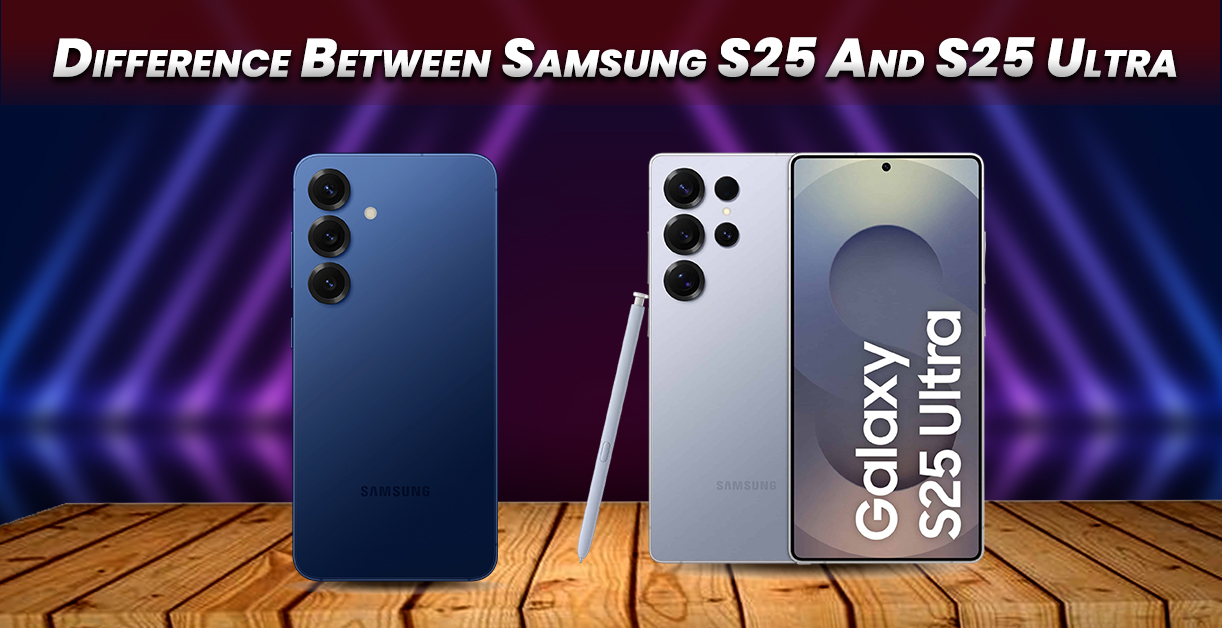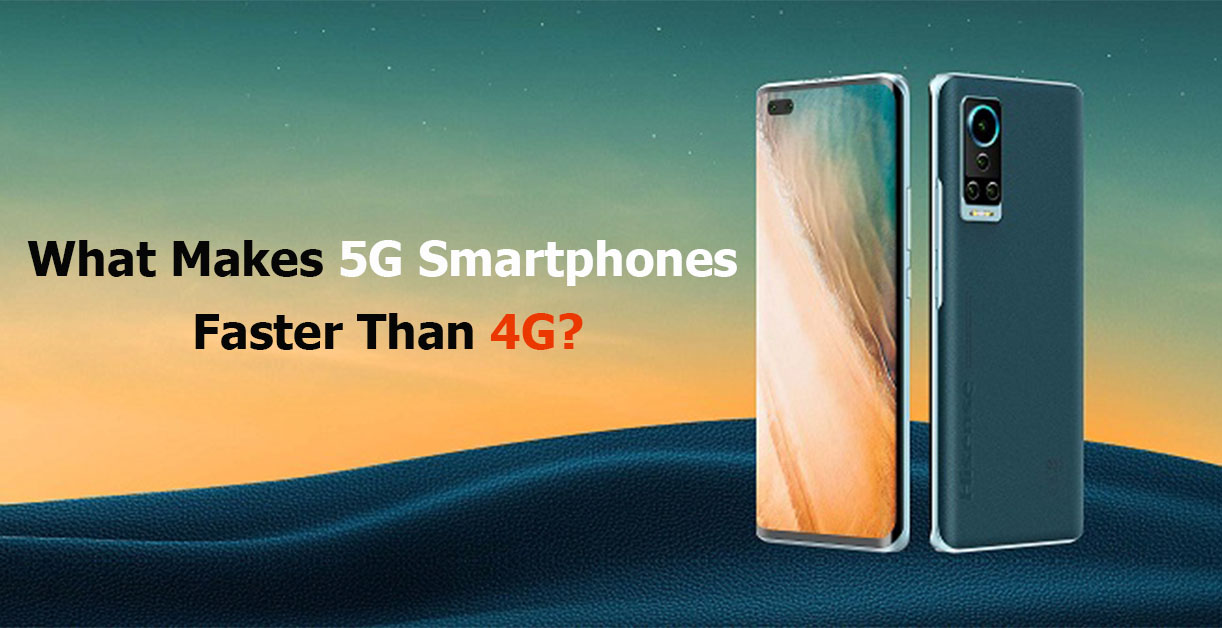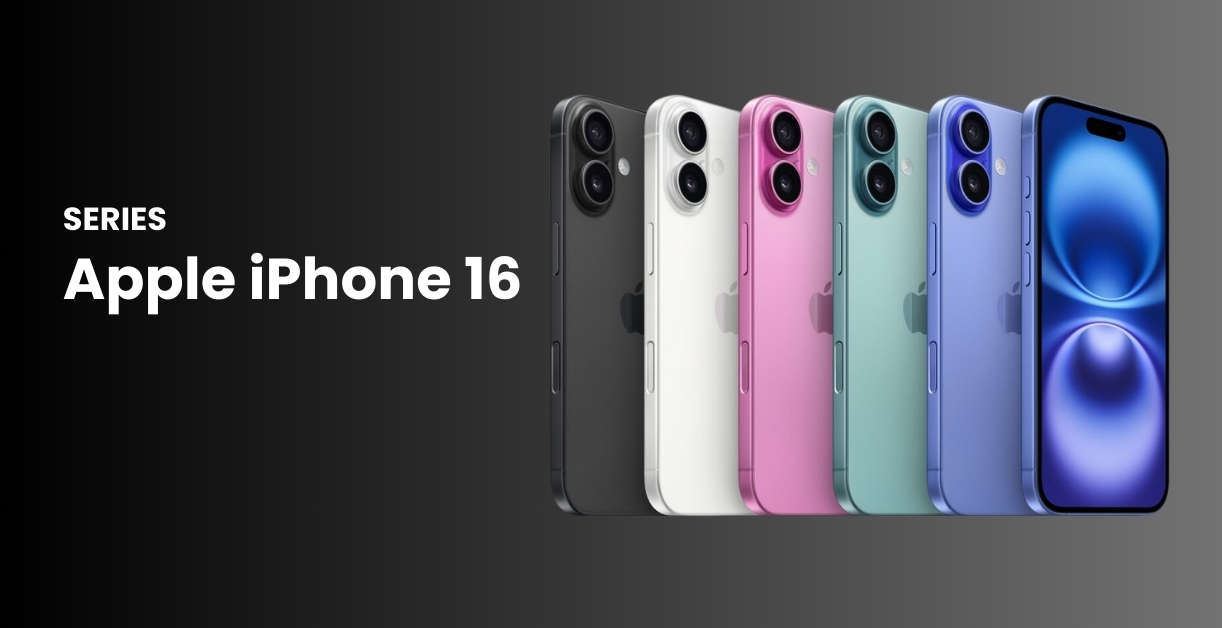Smartphones, the latest generation of mobile phones, have become an integral part of young people’s lives because they use them with friends, at school, and in their families. Although smartphones offer numerous potentials, they can also cause problems and lead to changes in the lives of young people. For example, the increasing prevalence of mobile on installments in Lahore is indicative of the changing dynamics of technology purchasing as well as the financial considerations that come with living in the digital age.
Nowadays, electronic media is a natural part of everyday life. Media is an important socialization institution through which social norms and values, knowledge, and behavior are conveyed. People, in particular, quickly find their way around the media world because they grow up in the digital world and learn how to use media casually.
Equipment and use of smart phones
In the modern digital world, “Equipment and Use of Smartphones” is crucial. Because of their many features and cutting-edge technology, smartphones have become essential instruments in our daily lives. Key components that characterize the hardware of contemporary smartphones are their svelte designs, sharp screens, potent processors, and advanced cameras.
Smartphones are used for purposes other than merely communication. They serve as transportable multimedia hubs that let users easily communicate with others, obtain information, and enjoy entertainment. Applications’ adaptability meets a range of purposes, including social networking platforms for connection and work productivity tools. These gadgets are accessible to people of all ages and technological backgrounds thanks to their user-friendly design and easy UI. Essentially, the components and applications of smartphones represent the unification of technology into a small, indispensable tool that is indispensable in our globalized society.
Smartphones, the latest generation of mobile phones that have additional functions and applications, also quickly found their way into the lives of young people.
Why smart phones become so popular among the young generation?
While in 2010 only 14% of young people had a smartphone, in 2012 it was 47% and in 2014 even 88%. The mobile medium of smartphones has spread very quickly among young people and has replaced conventional cell phones. Young people are so-called early adapters and innovators, meaning they are the ones who are open to innovations such as smartphones, have great interest in using new technologies and constantly monitor the market in order to be the first to buy new products. A look at gender and education shows that there are almost no gender- and education-specific differences when it comes to smartphone equipment. Rather, the age differences are important because the older the young people are, the better equipped they are with a smartphone. This can be attributed to the fact that young people’s communication radius expands as they get older.
The technical features of the smartphone allow for a variety of different usage options. Almost all smartphones have a camera with which you can take pictures, Bluetooth with which files can be exchanged, an integrated MP3 player and a radio with which you can listen to music. You can also use your smartphone to access the Internet, watch TV or use it as a game console.
It is a “multimedia device” that combines many different devices and functionalities and is therefore not only used for communication, but also for information and entertainment.
Smartphone as a personal medium
People attach great importance to their smartphone, which is reflected not only in regular use, but also in the fact that it has a permanent place in their lives. The smartphone is young people’s personal medium that they always carry with them, wear close to their bodies, never switch off so as not to miss important encounters or news and on which they archive their private data.
In addition, people can use smartphones to satisfy their social needs (e.g. communication), cognitive needs (e.g. information) and affective needs (e.g. entertainment). The individual accessories, protective cases, ringtones or logos on the display, which can be carriers of a communicative message, reflect a person’s individuality and interests and can stimulate interpersonal communication.
Smartphone among friends
In the circle of friends, the smartphone is important for interaction, communication and entertainment with peers. It enables permanent communication and is used to plan and organize joint leisure activities. With smartphones, people can maintain relationships with friends much more intensively than if this was possible without a smartphone. Rather, communication with friends improves because, unlike in the past, you can no longer be together every day, but you are still in contact with each other. At the same time, the smartphone always has to do with inclusion for people, because it gives them the security of being embedded in their circle of friends and being able to maintain personal contacts. It is a necessary medium to avoid social exclusion.
Smartphone at school
Each school regulates the use of smartphones in school itself. In many secondary schools there is an official ban on smartphones, which means that smartphones are not allowed to be used in the school building. Young people from secondary school are allowed to use their smartphones during school breaks and in the schoolyard. On the farm and during breaks, it is mainly used for entertainment because they use it to listen to music, watch videos and play smartphone games.
The situation is different at high schools. The teachers at the high school integrate smartphones into lessons, for example, painting and listening to music in art lessons and thus contribute to expanding the personal and methodological skills of young people. In addition, high school students use their smartphones at school to search for specific information, e.g. look up terms on the Internet, translate foreign words or have theories explained.
In general, teachers can use smartphones in class to make learning more interactive, to additionally motivate students and to help promote skills. However, you should always make sure that students do not use their smartphones to pass time or as a distraction in class.
Smartphone in the family
In the family, the smartphone helps expand communication options. Parents communicate with young people in various ways, with calls being made very frequently and messaging services being used somewhat less frequently because not all parents have this installed or can use it. The smartphone helps parents to contact the people and to ask or notify them in emergency situations. Parents want to use their smartphones to monitor where their young people are and what they are doing from a distance. In contrast, young people feel more controlled by their parents’ calls and are more likely to want to evade control. The smartphone is also used to organize and coordinate everyday activities in the family.
The smartphone is only an issue in the family when it causes conflicts or when parents have questions about the smartphone, which the young people can usually answer. It is advisable to arrange a smartphone-free day a week with the family and spend time together without digital media.
Changing the world through the use of smartphones
The smartphone is changing media usage through listening to music on the go, creating pictures and videos yourself and sending them directly to others, as well as through permanent mobile accessibility. Furthermore, the smartphone changes the rhythm of life because you receive the latest news and information from home and abroad more quickly. It also causes a change in communication behavior. On the one hand, communication with friends has become much more intensive because, unlike before, you can no longer be together every day, but you can still keep in touch with each other via smartphone. On the other hand, friendships can be maintained over time and space distances and friends can participate directly in their own everyday lives. In addition, appointments often take place via messenger, although the commitment of appointments is significantly reduced because they can be easily canceled or re-arranged at any time. All of this point to a change in the way social relationships and social exchange are maintained.
Rather, the smartphone changes the status of other (media) devices. Will the smartphone replace the television? It is already clear that people use similar functions and applications on their smartphones as they do on their stationary computers at home. Many people today use the alarm clock on their smartphone. The smartphone is a multifunctional integration medium that makes the use of individual (media) devices unnecessary. The technical development of the smartphone will ensure that it will continue to assert itself on the mobile phone market.
After reading this blog I hope you will convince to buy a mobile phone. For this purpose come to our renown store Lahore Centre where you can not only buy the mobile phone in one payment but also get benefit with the easy installment plans. For ordering online just visit our site: lahorecentre.com or contact us: 0333 363 3637







